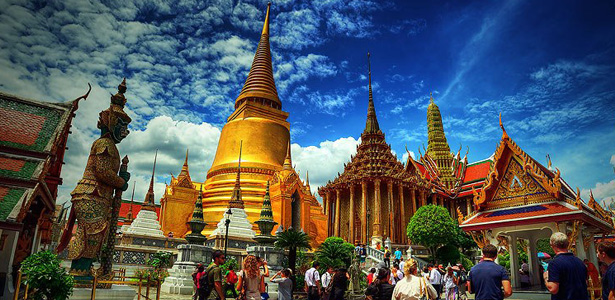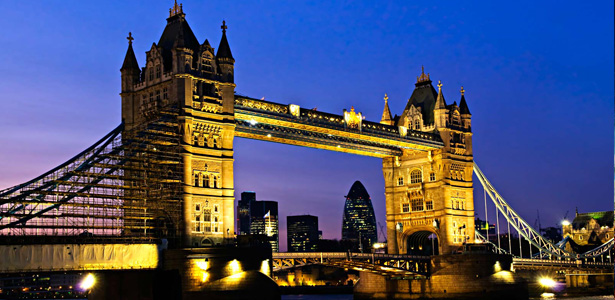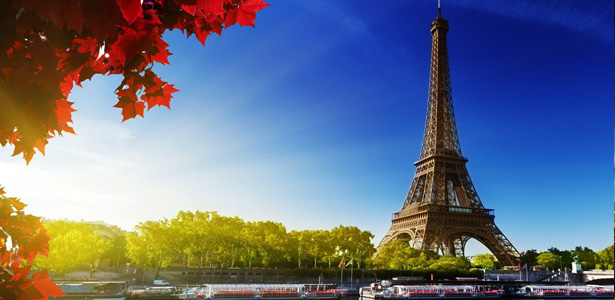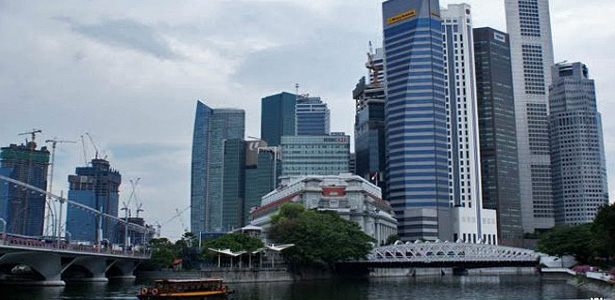
Kachin State (Jingphaw Mungdaw) is the
northernmost state of Myanmar. It is bordered by China to the north and
east; Shan State to the south; and Sagaing Division and India to the
west. The capital of the state is Myitkyina and other important towns
include Bhamo. The ethnicities group includes Kachin, Myanmar, Shan,
Naga, Indians, and Chinese, live together peacefully. Major religions
are Theravada Buddhism and Christianity, but other religions such as
animism, Hinduism and Islam are also practiced.
Myitkyina, the capital city of Kachin
State, is located 919 miles from Yangon, or 487 miles from Mandalay. In
Burmese it means “near the big river”, and in fact “Myitkyina” lies on
the west bank of the Ayeyarwady River, just below 25 miles from Myit-son
(Burmese for confluence) of its two headstreams (the Mali and N’mai
rivers). It is the northernmost river port and railways terminus in
Myanmar.
Myitkyina has been an important trading
town between China and Burma since ancient times. American Baptist
missionary George J. Geis and his wife arrived in Myitkyina in the late
1890s and in 1900 requested permission to build a mission there.

In August 1944 during World War II,
Myitkyina fell to the Allied forces under General Joseph Stilwell after a
prolonged siege and heavy fighting between Nationalist Chinese
divisions, the Chindits, and Merrill’s Marauders of the Northern Combat
Area Command and the besieged elements of the 33rd Imperial Japanese
Army under General Masaki Honda. The town was strategically important
not only because of its rail and water links to the rest of Burma, but
also because it was on the planned route of the Ledo Road.
As the capital of the state, it has
government offices and a greater population than other cities in the
state. The city has a population of approximately 200,000, with a mix of
Kachin, Shan, Bamar, Chinese and Indians.
The Kachin language is the common
language among the Kachin, but Burmese is the national language and
everyone can speak Burmese. It has two big markets. The city is home to
Myitkyina University, Computer University, a teachers college, a nurses
training school, and various Christian theological seminaries and
colleges affiliated with several seminaries in the U.S. and Asia,
notably Kachin Theological College (Nawng Nan).
Foreigners are now free to visit Myitkyina without prior government permission.
Things to Do
 Since
Kachin is located at the northern part of the Myanmar, the main river
called Ayeyarwaddy is rooted from two small rivers, the Maykha and
Malikha, in this state. One of the famous and interesting places for
Tourist is Myitsone where the two
rivers, the Malikha and Maykha meet together and flow as the Ayeyarwady
River. Ayeyarwaddy, the main river in Myanmar has its source from this
confluence and flows 1325 miles to the mouth of the river. Myit Sone
with the beauty of nature is beyond the expression of words and will
definitely be a fine attraction to tourists.
Since
Kachin is located at the northern part of the Myanmar, the main river
called Ayeyarwaddy is rooted from two small rivers, the Maykha and
Malikha, in this state. One of the famous and interesting places for
Tourist is Myitsone where the two
rivers, the Malikha and Maykha meet together and flow as the Ayeyarwady
River. Ayeyarwaddy, the main river in Myanmar has its source from this
confluence and flows 1325 miles to the mouth of the river. Myit Sone
with the beauty of nature is beyond the expression of words and will
definitely be a fine attraction to tourists.
Although Christianity is major religions, there are many pagodas in Myitkyina. Su Taung Pyi and Shwe Thar Layoung Pagoda
are well known. Su Taung Pyi pagoda and Shwe Thar Layoung pagoda are
situated at downtown of Myitkyina. Most of Buddhists come there on
Buddhist religious days. They worship and pray for their good wishes.

Every day in early morning especially
during winter time (Nov – Feb), many people adults and young are taking a
walk, jogging, and doing exercise along the river bank road. You can
see small groups of people work out together near Su Taung Pyi pagoda.
River bank road next to the Ayeyarwaddy River, where the air is fresh
and clean, is a perfect spot to catch beautiful sunrise view as well.
Nowadays, it takes only about 4 hours to
get to border of Yunnan State, China by cars, and the road is in great
condition now. There is a ground transportation station (private
cars/vans/station wagons) near Si Tar Pu Bridge. The cost for Myitkyina to Lai Zar (China border) is around 10,000 Kyats. From Lai Zar, you can continue to Yunnan border cities, Ying Jiang and Shwe Li, by cars.
(1US$ =
890 Kyats, and 100 Kyats = 0.75 China Yuan as of March 2011, and
exchange rate may vary day to day) (Updated: March 22, 2011)
ျမစ္ႀကီးနားၿမိဳ႕ျဖစ္စဥ္သမိုင္း
(ျပဳစုသူ။ ေဒၚခင္သိန္း၊ ပါေမာကၡ၊ ျမန္မာစာဌာန၊ ျမစ္ႀကီးနားတကၠသိုလ္)
ျမစ္ႀကီးနားၿမိဳ႕သည္ ယခင္ေၾကးနန္းရံုး
သဲဆိပ္ႏွင့္ဆုေတာင္းျပည့္ဘုရားတေလွ်ာက္ ယခင္ဆနာေကာင္း၊ ရွမ္းတို႔အေခၚ
ဆာယာကုန္း (သာယာကုန္း) ရြာငယ္ေလးမွ စတင္ေပၚေပါက္လည္သည္ဟု ဆိုေပသည္။
“ဆာနာေကာင္း“ (SaNaKawng) ဟု ေခၚတြင္ခဲ့ျခင္းမွာ “ဆာနာဒူ၀ါ“(SaNa DuWa)
ေနထိုင္ခဲ့ေသာေနရာျဖစ္၍ ပုဂၢိဳလ္ကိုအစဲြျပဳကာ ေခၚေ၀ၚခဲ့ၾကသည္ဟုလည္း
ယူဆၾကသည္။ ၿဗိတိသွ်တို႔ ဗန္းေမာ္၊ မိုးေကာင္းဘက္မွ
စစ္ခ်ီ၀င္ေရာက္လာစဥ္ကလည္း ယင္းေနရာတြင္ စစ္စခန္းခ်ရံုးစိုက္ခဲ့သျဖင့္
“ဗိုလ္ကုန္း“ ဟုလည္း ေခၚတြင္ခဲ့ေၾကာင္းလည္း အဆိုရွိေပသည္။
ယခင္က “အႀကံ“(A Chye) အမည္ရွိ
ကခ်င္အမ်ိဳးသားတစ္ဦး လယ္လုပ္ကိုင္ခဲ့ေသာေနရာကို “အႀကဲနာ“ (A Chye Na)
ဟုေခၚရာမွ ျမစ္ႀကီးနားဟု တြင္လာေၾကာင္းလည္း အဆိုရွိေပသည္။ တစ္ခ်ိဳ႕ကလည္း
ယခု“ဆုေတာင္းျပည့္ဘုရား“ ယခင္ သာယာကုန္းအေရွ့ဘက္ ျမစ္ကမ္းသည္
ခဲတစ္ပစ္စာမွ်သာရွိသည္။ ျမစ္ေၾကာင္းက်ဥ္းသည့္ေနရာတြင္
တည္ထားေသာရြာျဖစ္သျဖင့္ “ျမစ္က်ဥ္းနား“ ဟုေခၚရာမွ “ျမစ္ႀကီးနား“ ဟု
ေခၚတြင္လာေၾကာင္းလည္း အဆိုရွိပါသည္။
တစ္ခ်ိဳ႔လူႀကီးမ်ားက
ျမစ္ႀကီးနားတည္ေနရာတြင္ ျခင္ႏွင့္မွက္မ်ား အလြန္ထူေျပာၿပီး
ကိုက္ခဲလြန္းေသာေၾကာင့္ “မႀကဲနာ“ ဟုေခၚရာမွ ျမစ္ႀကီးနားျဖစ္လာသည္ဟု
ဆိုပါသည္။ ယခင္ သာယာကုန္း အနီးတြင္ ဗန္းေမာ္ဘက္မွ ဆန္တက္လာေသာ
ေလွသမၺာန္မ်ား နားရာအနီး ျမစ္အတြင္းရွိ သစ္ငုတ္၌ က်ီးငွက္မ်ား
နားေလ့ရွိသျဖင့္ “က်ီးနား“ ဟုေခၚရာမွ ျမစ္ႀကီးနား ျဖစ္လာ သည္ဟု ဆိုပါသည္။
ျမန္မာ့စြယ္စံုက်မ္း အတဲြ(၉)တြင္
“ထိုၿမိဳ႕သည္ ျမန္မာဘုရင္မ်ား လက္ထက္ပင္ တည္ရွိခဲ့သည္။ ၁၈၉၂ မတိုင္မီက
ရွမ္းျမန္မာရြာမွ်သာျဖစ္၍ ျမစ္ႀကီးနားဟု ေခၚတြင္ခဲ့သည္မွာလည္း
ျမစ္ႀကီးဧရာ၀တီနားတြင္ ရွိေသာေၾကာင့္ ဟုဆိုသည္။ ၿဗိတိသွ်တို႔
အုပ္စိုးေသာအခ်ိန္တြင္ အေရးပိုင္ရံုးစိုက္ရာ ၿမိဳ႕တစ္ၿမိဳ႕ ျဖစ္ခဲ့ေလသည္“
ဟု ေဖၚျပထားသည္။
၁၉၄၇ ခုႏွစ္
ႏိုင္ငံေတာ္ဖဲြ႔စည္းပံုအေျခခံဥပေဒ ပုဒ္မ (၆) အရ ကခ်င္ေတာင္တန္းေဒသႏွင့္
ျမစ္ႀကီးနားခရိုင္၊ ဗန္းေမာ္ ခရိုင္တို႔ကိုေပါင္း၍ ကခ်င္ျပည္နယ္အျဖစ္
သတ္မွတ္ခဲ့ရာ ျမစ္ႀကီးနားၿမိဳ႕႔သည္ ျပည္နယ္ၿမိဳ႕ေတာ္ အျဖစ္ လည္းေကာင္း
ခရိုင္ၿမိဳ႕ေတာ္ အျဖစ္ လည္းေကာင္း ျဖစ္ေပၚခဲ့သည္။
(မွတ္ခ်က္။ ။ ဒီေဆာင္းပါးကို http://www.myitkyinaonline.com ကေန ျပန္လည္ ကူးယူ မွ်ေ၀ပါတယ္။ )































































